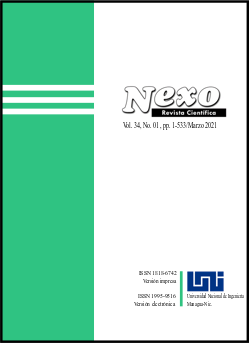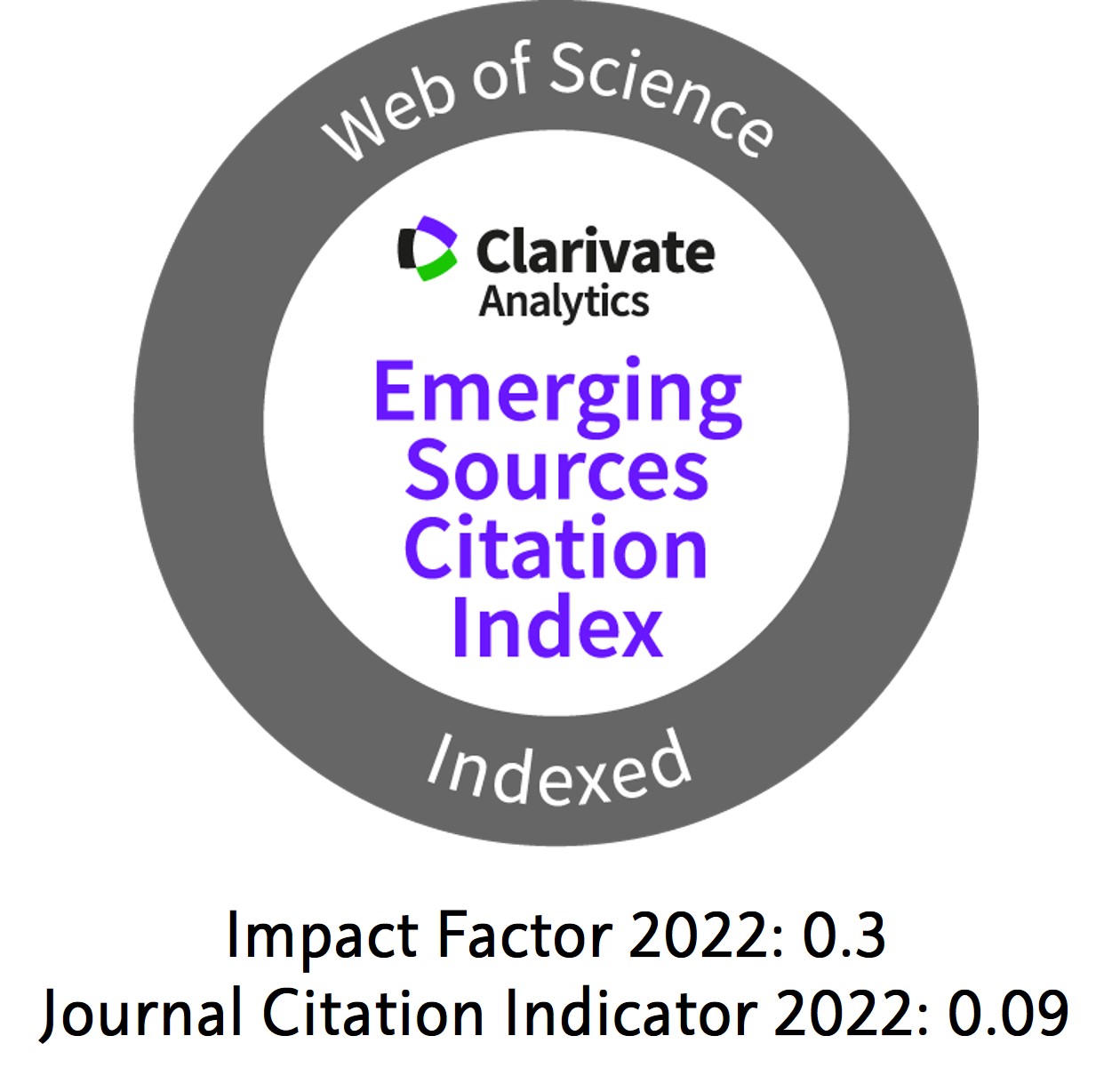Design and development of a model and optimal planning for supply chain responsibility towards the environment
DOI:
https://doi.org/10.5377/nexo.v34i01.11295Keywords:
Reverse logistics, inventory, greenhouse-gas emissions, energy consumption, sustainabilityAbstract
The responsible management of product return flows in production and inventory environments is a rapidly increasing requirement for companies. This can be attributed to economic, environmental and/or regulatory motivations. Mathematical modeling of such systems has assisted decision-making processes and provided a better understanding of the behavior of such production and inventory environments. This paper reviews the literature on the modeling of reverse logistics inventory systems based on the economic order/production quantity (EOQ/EPQ) and the joint economic lot size (JELS) settings to systematically analyze the mathematics involved in capturing the main characteristics of related processes. The literature is surveyed and classified according to the specific issues faced and modeling assumptions. Special attention is given to environmental issues. There are indications of the need for reverse logistics models' mathematics to follow current trends in ‘greening’ inventory and supply-chain models. The modeling of waste disposal, greenhouse-gas emissions, and energy consumption during production is considered as the most pressing priority for the future of reverse logistics models. An illustrative example for modeling reverse logistics inventory models with environmental implications is presented.
Downloads
Downloads
Published
How to Cite
Issue
Section
License
The authors who publish in Nexo Scientific Journal agree to the following terms:
- Authors retain the copyright and grant the journal the right of the first publication under the license Creative Commons Attribution License https://creativecommons.org/licenses/by/3.0/, which allows others to share the work with a recognition of the authorship of the work and the initial publication in Nexo Scientific Journal.
- Authors may separately establish additional agreements for the non-exclusive distribution of the version of the work published in the journal (for example, in an institutional repository or a book), with the recognition of the initial publication in Nexo Scientific Journal.
- Authors are allowed and encouraged to disseminate their works electronically (for example, in institutional repositories or in their own website) before and during the submission process, as it can lead to productive exchanges, as well as earlier and greater citation of published works.











